Weather
One of the Most Dangerous Earthquake Faults in the US is Not in California
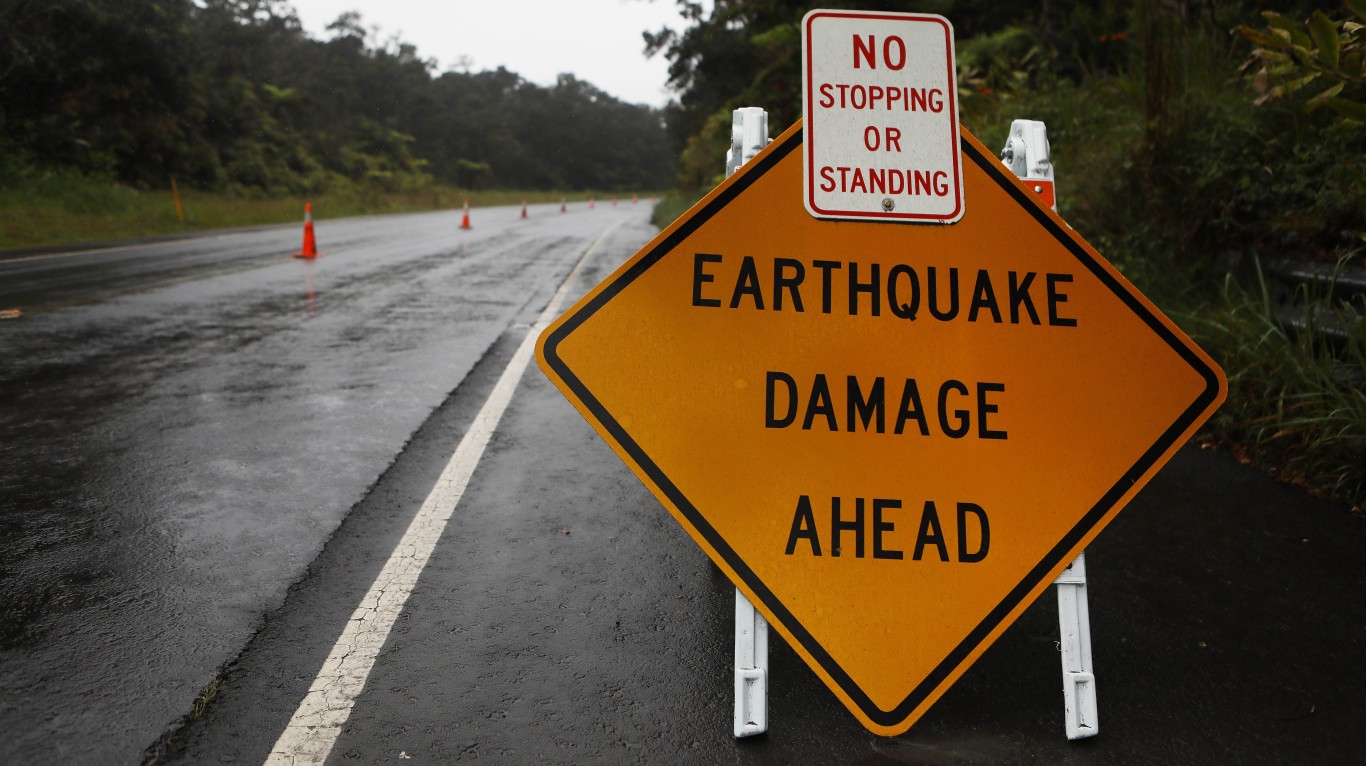
Published:

If you think you’re safe from earthquakes because you don’t live on the West Coast, think again. One of the most dangerous earthquake zones in the country is right in the heartland, and can trigger quakes you’ll feel a thousand miles away. If you don’t have earthquake insurance, you might want to look into it!
The New Madrid fault in Missouri can produce earthquakes as large as the Cascadia and San Andreas faults in the West. The last major earthquake there was felt across the eastern half of the country and changed the course of the Mississippi River. Retiring early is possible, and may be easier than you think. Click here now to see if you’re ahead, or behind. (Sponsor)
Key Points
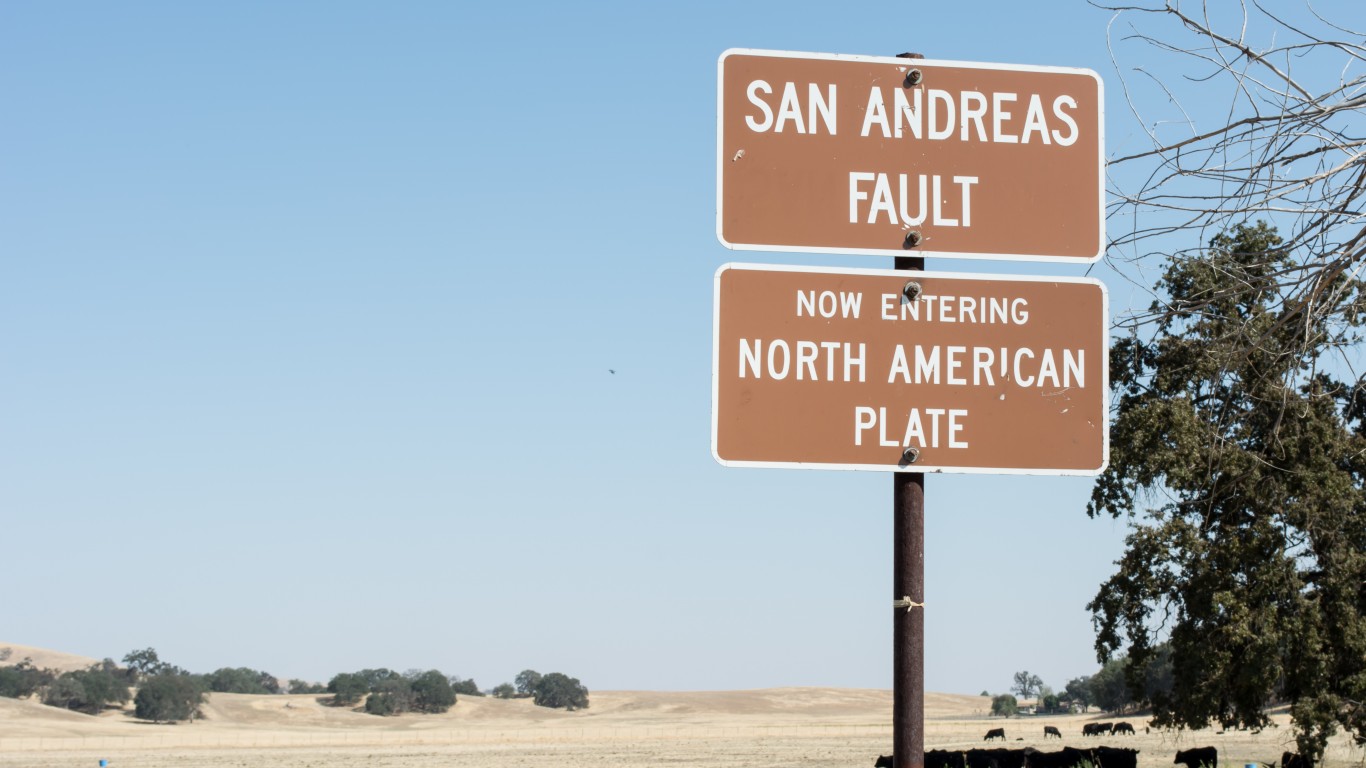
Our country has its faults, literally and metaphorically. The biggest danger zones of the seismic variety are the Cascadia Subduction Zone in the Pacific Northwest, the San Andreas Fault in California, and the New Madrid Seismic Zone in Missouri.
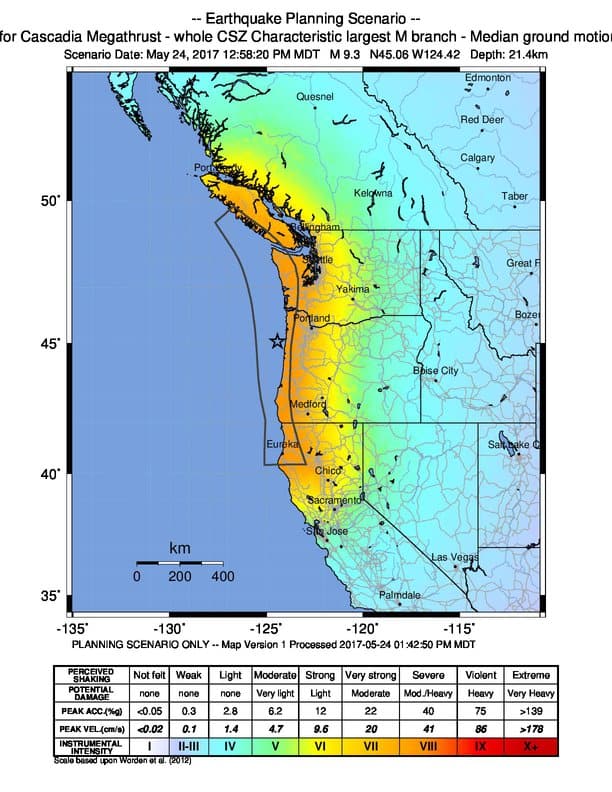
The Cascadia Subduction Zone gets less press but has the most powerful earthquakes on the West Coast, with a possibility of 9 or more on the Richter scale. As the fault runs under the coastal area of Washington state and British Columbia, it presents a significant tsunami risk.
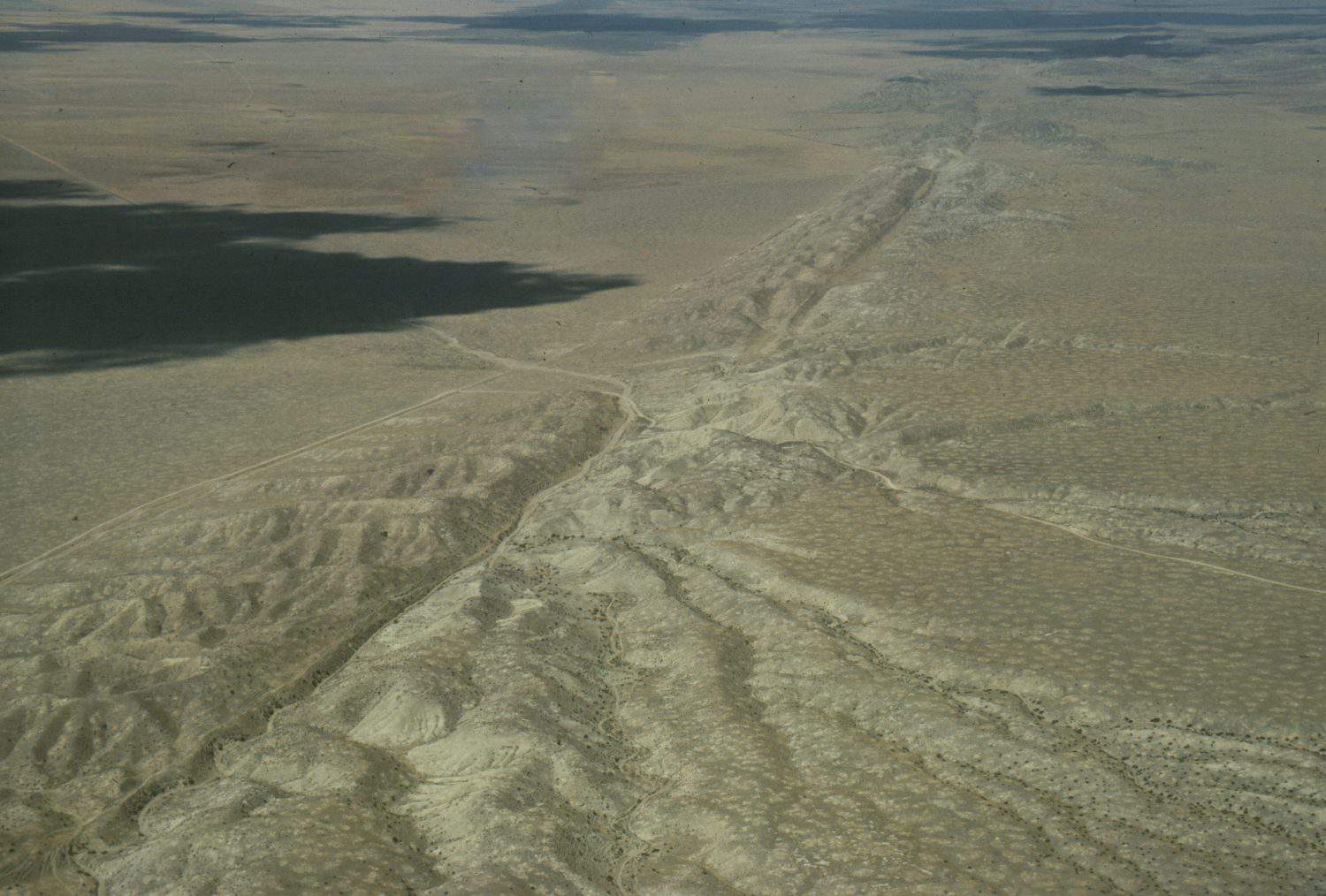
In Southern California, the infamous San Andreas Fault has a major earthquake every 150-200 years. It has been 168 years since the last one in 1857. Today over 10 million people live in Los Angeles County alone. There is a strong likelihood of another major seismic event within the next 20-30 years.
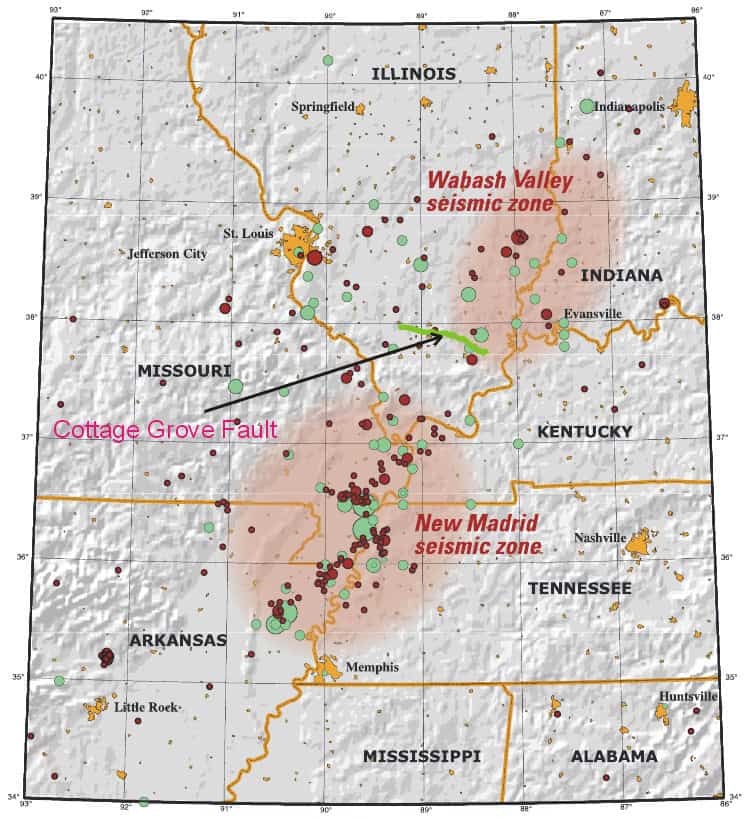
The New Madrid Seismic Zone is named for a small Missouri town near its center. It runs from northern Arkansas through southeastern Missouri, western Tennessee and Kentucky, and southern Illinois. Little Rock, Nashville, Memphis, and St. Louis are the largest nearby cities that could experience significant damage from a major earthquake there. About 12 million people live in this region.
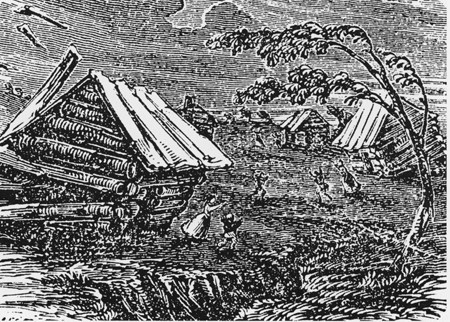
In the winter of 1811-12, a series of earthquakes happened in the fault zone, the largest of which seismologists believe was between 7.2-8.2 on the Richter scale. Centered in northwest Arkansas, it produced intense effects over an area of about 50,000 square miles, equivalent in size to Tennessee, and moderate effects over 1 million square miles, a comparable area to all of the U.S. west of the Rockies.
Nearly 1,500 miles away in Montreal, buildings shook and alarmed residents. President James Madison felt the tremor in the White House. It caused church bells to ring in Boston and panicked citizens in New York.
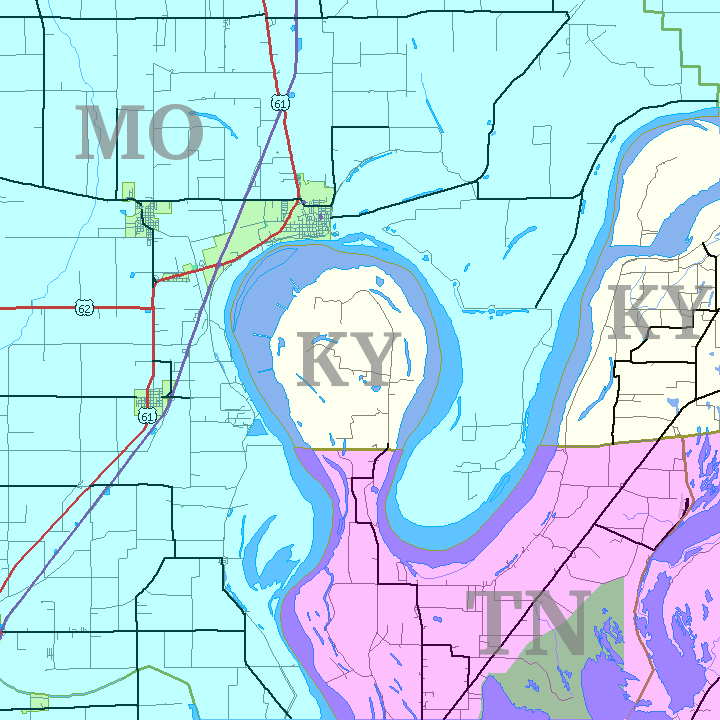
The earthquake was powerful enough to change the course of the Mississippi River and create temporary waterfalls in it. About 15 miles south of the town of New Madrid, upheaval of the land caused the river to flow backwards for several hours. Reelfoot Lake, Tennessee was formed when the land subsided there. In its new course, the Mississippi permanently separated the westernmost part of Kentucky from the rest of the state in an area known as the Kentucky Bend.
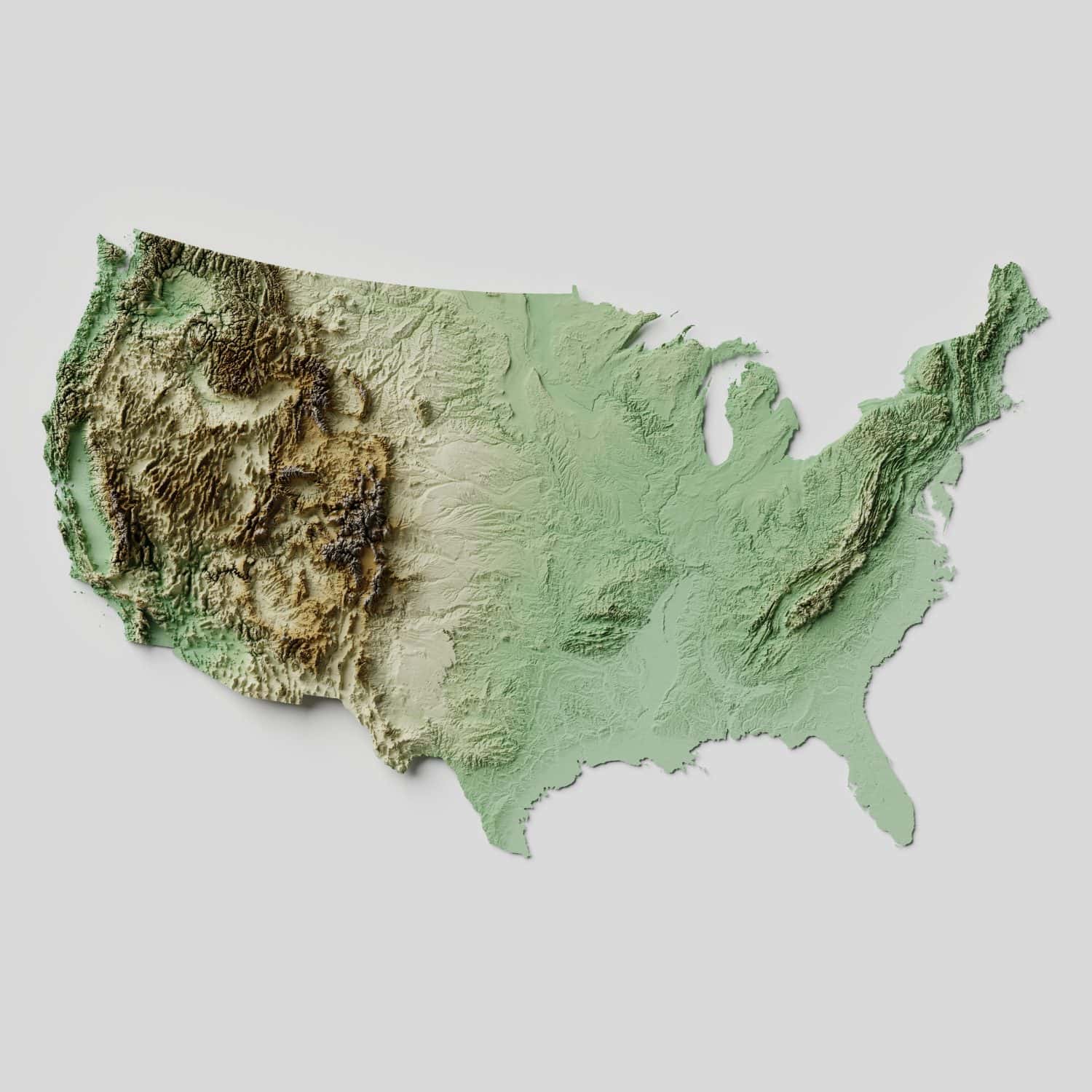
On the West Coast, rugged, fractured mountain chains absorb the seismic waves of coastal earthquakes so they don’t travel over such long distances. In the East, the underlying rock layers are older, made of sedimentary rocks, and not fractured as those in the West are. These characteristics allow seismic waves to travel over long distances. You can think of the central portion of the country as being like a big drum that reverberates across the whole area when struck in the center.
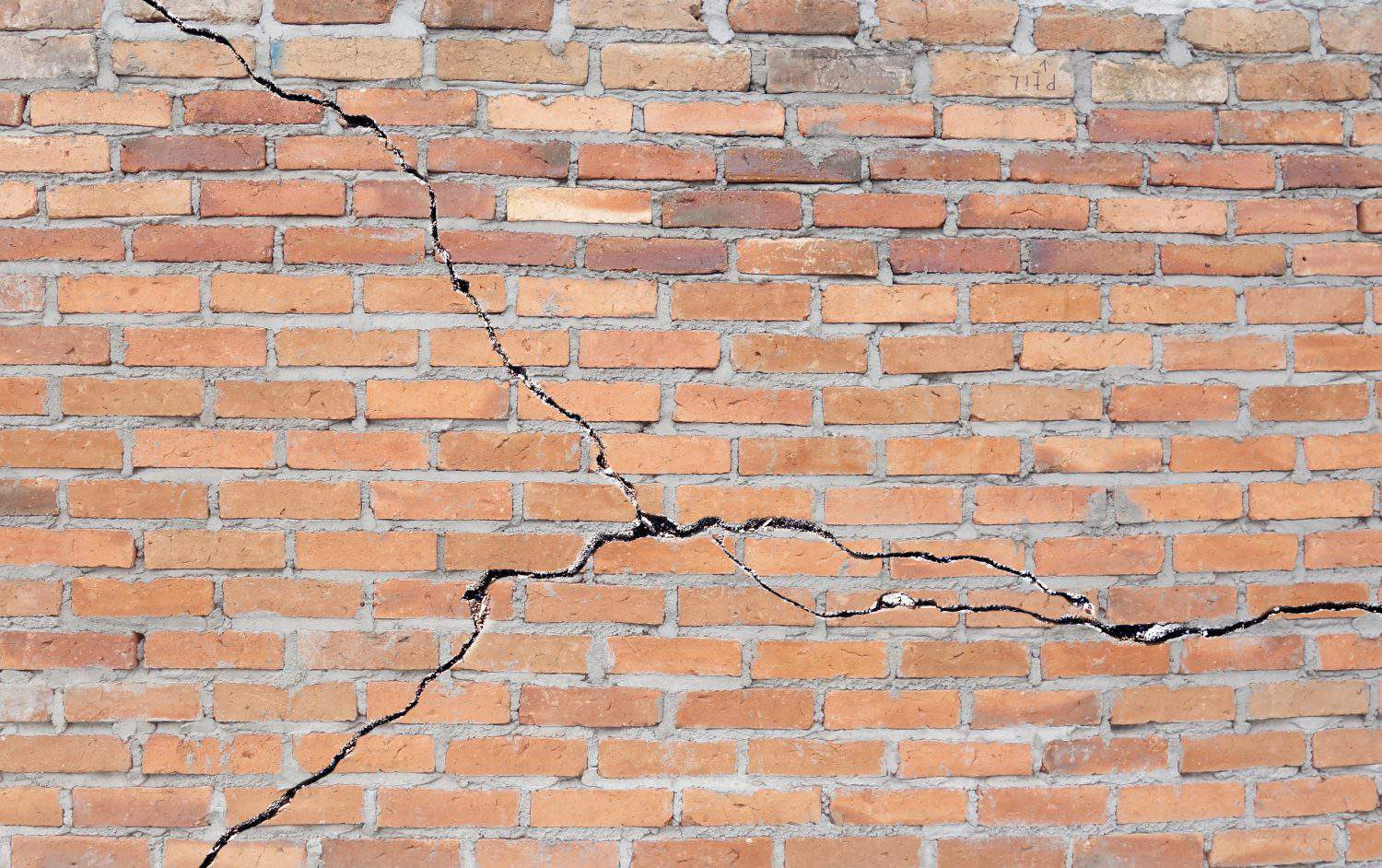
Experts estimate there is a 25-50% chance of an earthquake of magnitude 6.0 or greater occurring on the New Madrid Fault within the next 50 years. The chances of a magnitude 7.0 or higher are 10%. Across the Midwest today many people do purchase earthquake insurance for their homes as even a small temblor can crack foundations or cause other costly damage.
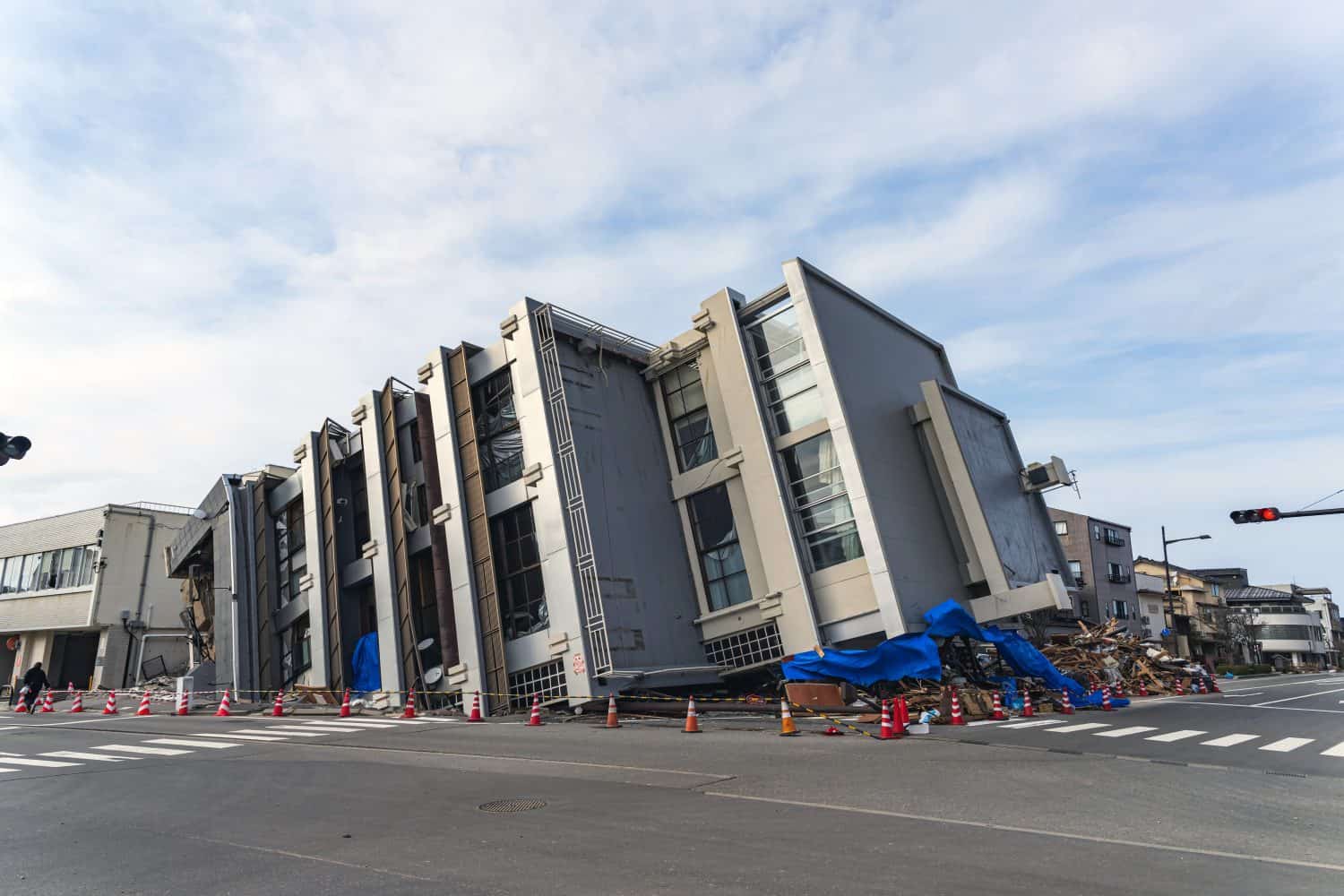
Studies by the Missouri State Emergency Management Agency and FEMA estimate that a 7.6 magnitude earthquake could kill and injure thousands of people and displace about 730,000 people from their homes. Damage estimates to the state of Missouri alone range from $230 million to $6 billion. 40% of small business in the affected area would not reopen and 25% of those that did would likely fail within a year.
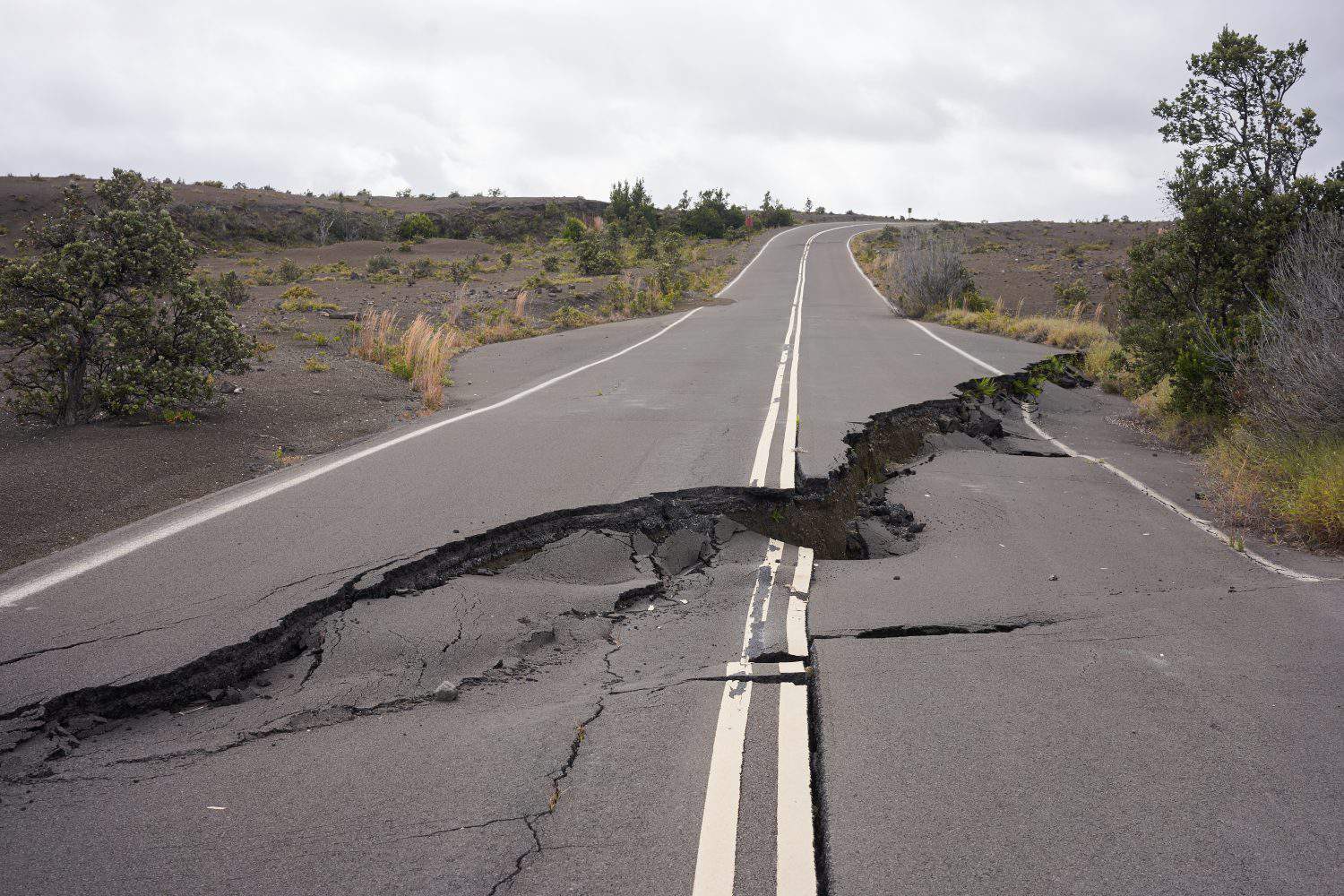
Across the central United States highways and bridges would be damaged and in some places collapse. Some structures, especially older historic buildings, would become unstable and suffer shattered windows and masonry cracks. People far from the immediate areas would be injured by falling items in homes and offices. Gas and water mains in some areas would break, causing damage and injuries. The federal and state governments and private charities would have to organize evacuation and temporary housing for hundreds of thousands of people. Rivers might need to be dredged to clear navigation channels for commercial shipping. So the damage of such an event would be a national catastrophe, with loss of life, property, and revenue affecting a dozen or more states.

The chances of a large earthquake in Missouri are significant, but not so large that you need to panic. Here are some reasonable steps to take if you live in the Midwest, though:
Start by taking a quick retirement quiz from SmartAsset that will match you with up to 3 financial advisors that serve your area and beyond in 5 minutes, or less.
Each advisor has been vetted by SmartAsset and is held to a fiduciary standard to act in your best interests.
Here’s how it works:
1. Answer SmartAsset advisor match quiz
2. Review your pre-screened matches at your leisure. Check out the advisors’ profiles.
3. Speak with advisors at no cost to you. Have an introductory call on the phone or introduction in person and choose whom to work with in the future
Thank you for reading! Have some feedback for us?
Contact the 24/7 Wall St. editorial team.